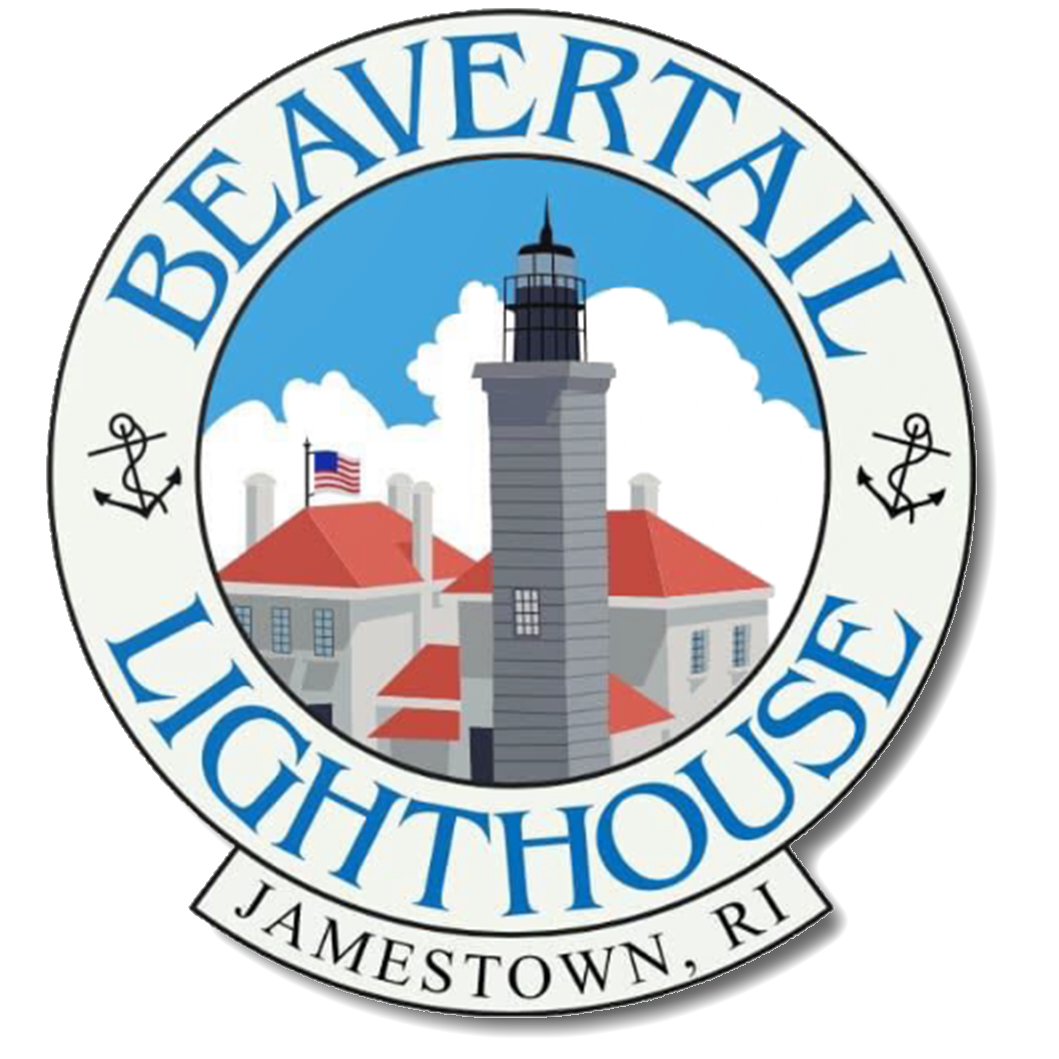Historical Photos
A collection of Historic Photos and Postcards of Beavertail Lighthouse.
These images have been donated to the Beavertail Lighthouse Museum Association by former Lighthouse Keepers, BLMA members, and the general public. In many cases, we have been able to attach dates to these images.
